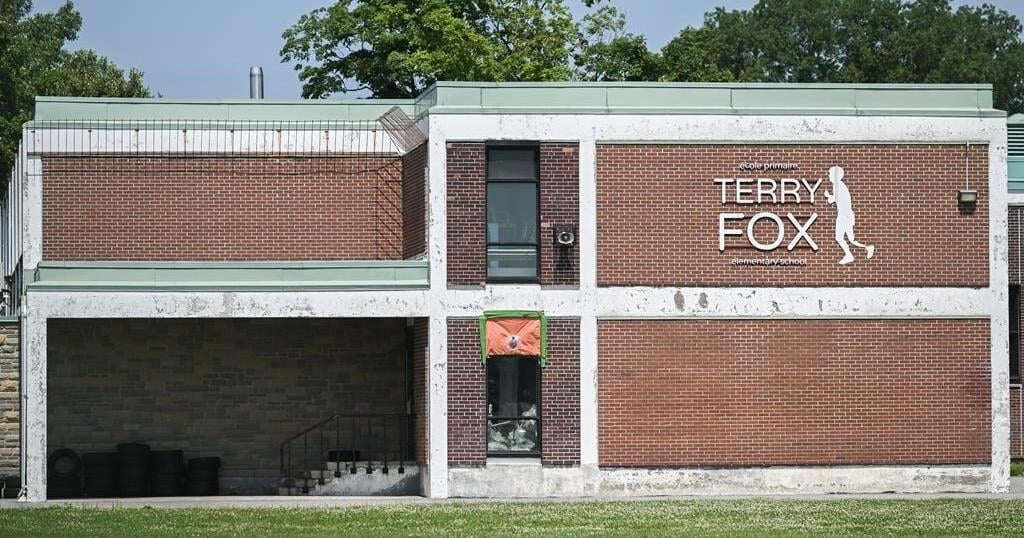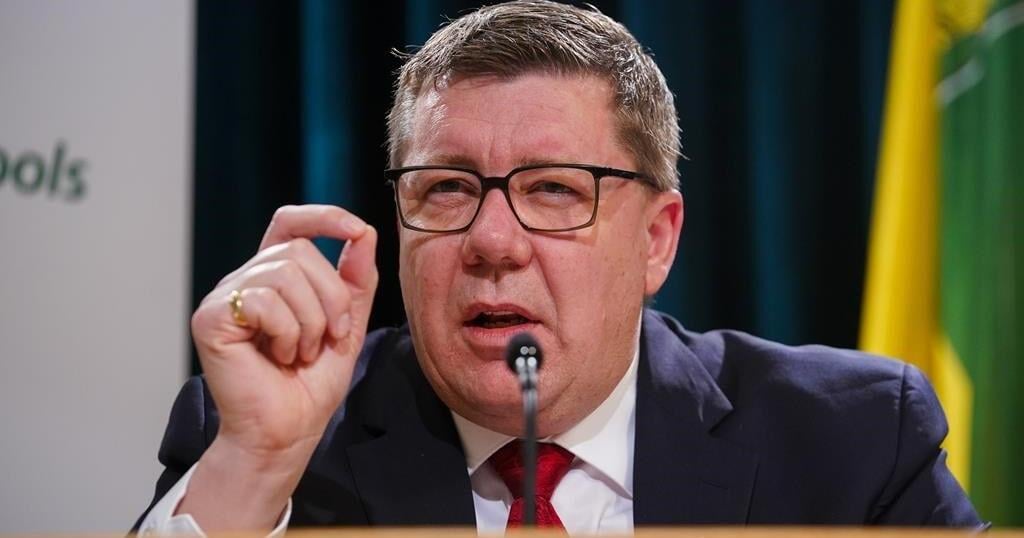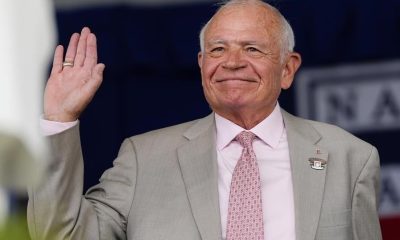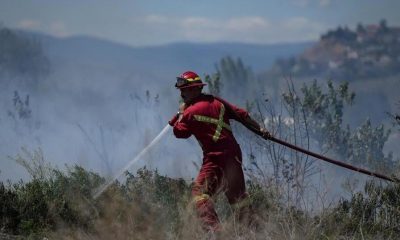MONTREAL – A Montreal elementary school has been inadvertently flushing raw sewage into a nearby river for years, and the city, despite identifying the problem in 2021, is only now taking action to fix it.
The Lester B. Pearson School Board says it has temporarily closed two bathrooms at Terry Fox Elementary School in the Montreal borough of Pierrefonds-Roxboro that have been incorrectly draining into a storm sewer instead of a sanitary sewer.
The raw sewage has contributed to highly contaminated water in one spot along the Prairies River north of the Island of Montreal. The storm sewer empties into the river near a public park, where fecal coliform counts routinely reach a level 60 times higher than the city’s pollution threshold.
The city has been aware of the pollution at least since 2008 but says it didn’t identify the source until 2021. The school board, however, says it only learned about the sewer problem in a letter from the city on June 26 — after The Canadian Press began asking about the contamination.
Darren Becker, director of communications at Lester B. Pearson, said the city has requested an action plan by July 29. He said the school board will hire an engineering firm to retrofit the plumbing connections, and hopes to have the work done before kids return to school in August. He doesn’t know why the board didn’t learn of the problem earlier.
“I don’t want to put any blame on the city,” he said. “In the end, the repair work is going to get done.”
Becker said the two bathrooms were added to the school during an expansion in 1966. It’s not clear whether sewage has been flowing into the river since then.
Kim Nantais Desormiers, a City of Montreal spokesperson, did not respond to questions about why it took three years to inform the school of the problem. But she did offer a timeline of the steps the city has taken to address the issue since 2008, when it conducted a “first exploration” of the area.
According to the timeline, the city carried out dye testing between 2009 and 2011 to identify where sewage was flushing into the storm sewers, but didn’t find the source of the problem. Another series of dye tests in 2015 also failed to identify the source.
Finally, a third round of tests in 2021 revealed so-called cross-connections — pipes that are connected to a storm sewer instead of a sanitary sewer — at one residence and the school.
Meanwhile, the pollution of the water near the mouth of the storm sewer has continued unabated. City of Montreal data going back to 2012 show that fecal coliform concentrations near the Parc de la Rive-Boisée in Pierrefonds-Roxboro have routinely hit 60,000 per 100 millilitres, and once reached 370,000 per 100 ml.
The Quebec government deems that water with fecal coliform counts above 200 per 100 ml is unsafe for swimming, and anything above 1,000 per 100 ml is polluted. Of nearly 500 measurements between May 2012 and June 2024, the water quality at the sampling point near the storm sewer fell beneath the pollution threshold just 66 times.
This year, the highest fecal coliform count on record at the sampling location is 56,000 per 100 ml, from a sample taken in May. At that level, a child playing in the water could easily get “diarrhea and stomach cramps for a couple of days,” and the effects could be much worse, said Daniel Green, co-president of the environmental group Société pour Vaincre la Pollution.
There is no beach at Parc de la Rive-Boisée, and Nantais Desormiers said swimming is not authorized at the park. Two nearby sampling points show much lower pollution levels.
Still, Green said the contamination in the river near the park has been a “well-known problem” for years, and the city has been “extremely slow in identifying the culprits.”
“The City of Montreal I think is acting dishonestly,” he said. “It’s easy to find (the sources) if you put your head to it.”
Green said there should be signs up in the park warning people of the contamination.
Sewer cross-connections are a long-standing problem but can be difficult to resolve. Repairs often involve digging up streets, and there can be disagreement about who’s responsible. Nantais Desormiers said the city pays for the work when the connection is on public land between the property and the sewer.
Green said the city is often slow to deal with such problems because of the administrative hurdles.
“You have to shame them publicly for them to act. Because they will not act if they’re not shamed publicly,” he said. “It’s a sorry observation, but that is what I’ve seen.”
There have been other high-profile cases involving cross-connections in Montreal. In 2022, the city buried the last 200 metres of the St-Pierre River, which once flowed from Mount Royal into the St. Lawrence River.
The last surviving stretch of the river ran through a golf course in Montreal’s west end, but a court ordered the city to divert the waterway because of contamination from bad sewer connections in two nearby neighbourhoods. Environmentalists decried the decision to erase the river instead of fixing the problem.
The city estimates there are 450 to 500 properties in Montreal that still have sewer cross-connections, or about 0.1 per cent of properties on the island.
David Fletcher, vice-president of the Green Coalition, said developers historically weren’t “particularly scrupulous” about sewer connections.
“It’s only since … people want to use the shore front that this became a real issue,” he said.
In the 1960s, when the expansion was built at Terry Fox Elementary School, most of the city’s sewage was discharged untreated into waterways. Montreal’s wastewater treatment plant only opened in the 1980s.
But these days, Fletcher said, the failure to resolve cross-connections often comes down to “political procrastination.” And he said it’s time for the pollution in Pierrefonds-Roxboro to be stopped.
“I think it’s been long enough now,” he said. “At a certain point, somebody has to bite the bullet, spend the money and do it.”
This report by The Canadian Press was first published July 7, 2024.





















